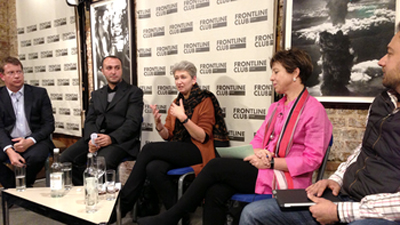Haiti photographs: Too shocking or a necessity?
The earthquake in Haiti is thought to have killed more than 200 000 people and has seen some harrowing imaged published around the world in an attempt to show the true extent of the devastation.
Were the images of death and suffering too shocking to be shown in the first place or were journalists merely carrying out their duty as chroniclers of world events?
For some, newspapers and news channels were guilty of veering towards publishing "disaster pornography" in their coverage and violating the dignity of the dead.
Others criticised the media for over-exagerating reports of mass looting and for many the ethical barriers to publishing pictures of dead bodies, sometimes on a mass scale, are just too great.
However, unfortunate as it may be, simply reading about how many people have died or how many buildings have been destroyed does not have the same impact than if you saw a photograph.
Some would ask why the rest of the world should be sheltered from what is happening when the people of Haiti have no such option.
There will be a discussion on Haiti and photography at the Frontline Club on April 16 with Roger Tooth, head of journalism at The Guardian and Guardian photographer and video-journalist David Levene and Inigo Gilmore. Book here.



